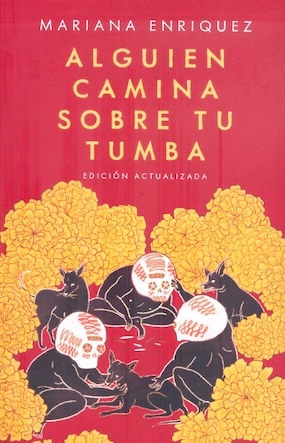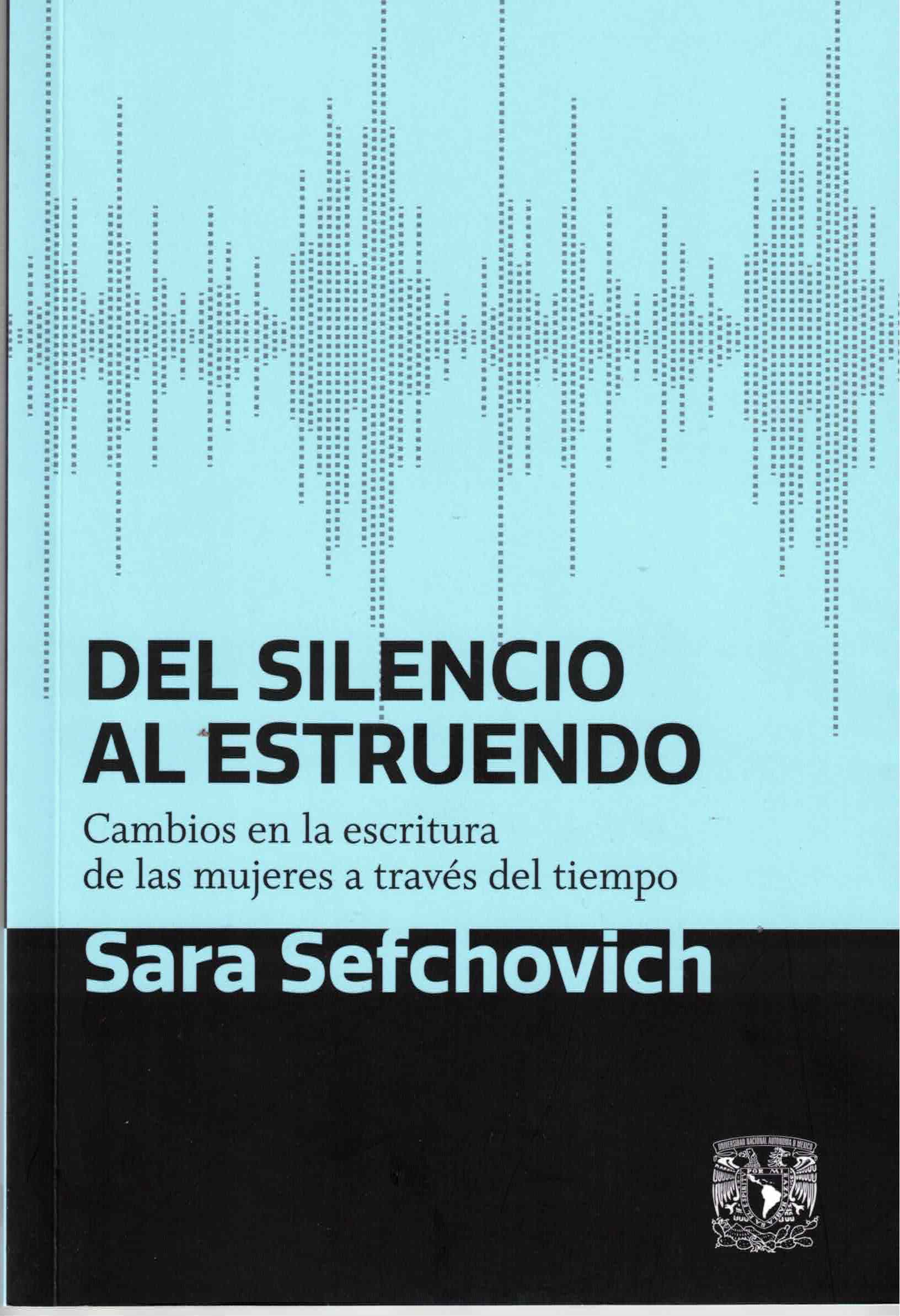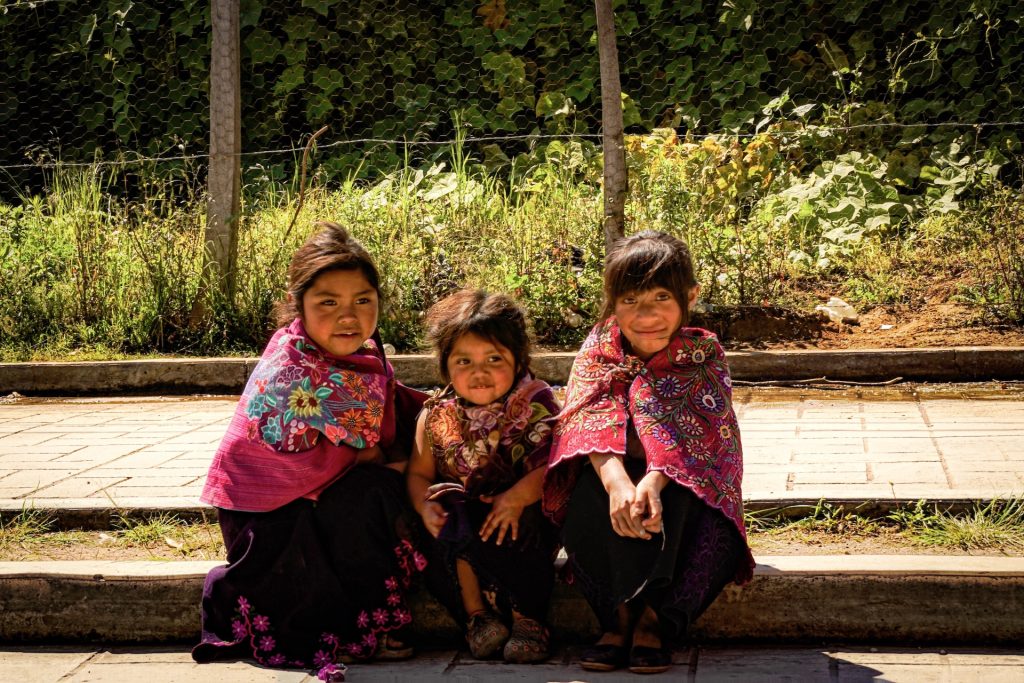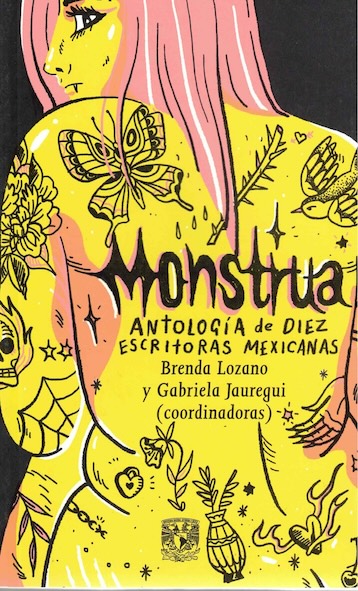Panteón Jardín is located in San Ángel, Mexico City, and was established over 80 years ago in 1941. It’s vast and has so many sections that it’s easy to get lost among the crypts and corridors where the remains of ordinary people and artists from Mexican cinema, music, and the rest of the arts are kept. Names like Germán Valdés “Tin Tan”, Pedro Armendáriz, Maricruz Olivier, Marcelo Chávez, Fela Fábregas, Seki Sano, Andrés Soler, Fernando Valadés, and Fernando Wagner are just a few of those buried there. And in one of those rows lies my grandfather.
I confess I never met my grandfather, so there was no affection or desire to visit and clean his mausoleum. But there is a fascination with visiting Panteón Jardín. When people ask about my fascination with the cemetery, I can never give a concise answer. Is it because it reminds me of my childhood visits? Is it the fresh air from the many trees? Is it the silence provided by the dead? Maybe it’s a combination of all of these. The only thing I know for sure is that as I grew up, I realized I wasn’t the only one fascinated by cemeteries, their history, stories, and mysteries.
Death has been a topic of interest in every culture, wrapped in mysticism and rich in tales. For some civilizations, death symbolized not just the end but served as a central axis for existence. This human desire to transcend or leave something behind has motivated the construction of wonders like the Taj Mahal, the pyramids of Egypt, and even the pyramids of Teotihuacán, where recent discoveries have found burial chambers. Of course, these places were reserved for the privileged, like rulers or royalty. For the rest of society, there are other places like cemeteries, English graveyards, or even urns in some churches.
While some people prefer to stay away from such places and say we should respect the graveyard, there are people like me and Mariana Enriquez who find more than just oblivion among the tombs. “Someone Walks Over Your Grave” is a collection of stories about the author’s encounters with graves. From a flooded cemetery, Elvis Presley’s burial site, the beauty of an abandoned graveyard, the tomb of a poet buried standing up, tombstones protected by ghostly dogs, to miraculous children and voodoo priestesses. These are just a few examples; the author has gathered many journeys and visits to different cemeteries worldwide.
The beauty of Mariana Enriquez’s work lies not only in the places she visits but in the meaning and reflection she derives from them. After each visit, something inside her changes, and she is never the same again. Probably, all worthwhile journeys do that to us: they change us, reveal new thoughts, and allow us to see new perspectives. For Enriquez, visits to cemeteries are not just tourist trips but a deep search within herself to know what lies beyond. At the same time, her stories intertwine with her own life, redefining her experience and ours as readers. Her descriptions of the sites and the atmosphere are focused, detailed, and rich in specifics, offering everything so that anyone approaching the text can feel present there. However, above all, I find “Someone Walks Over Your Grave” an invitation to explore more, to visit places we might consider only for the dead, to reconcile with the place where we all will eventually arrive.
Inkitt: BbyKevs
Wattpad: @SugoiKevs
TikTok: @bbykevs








